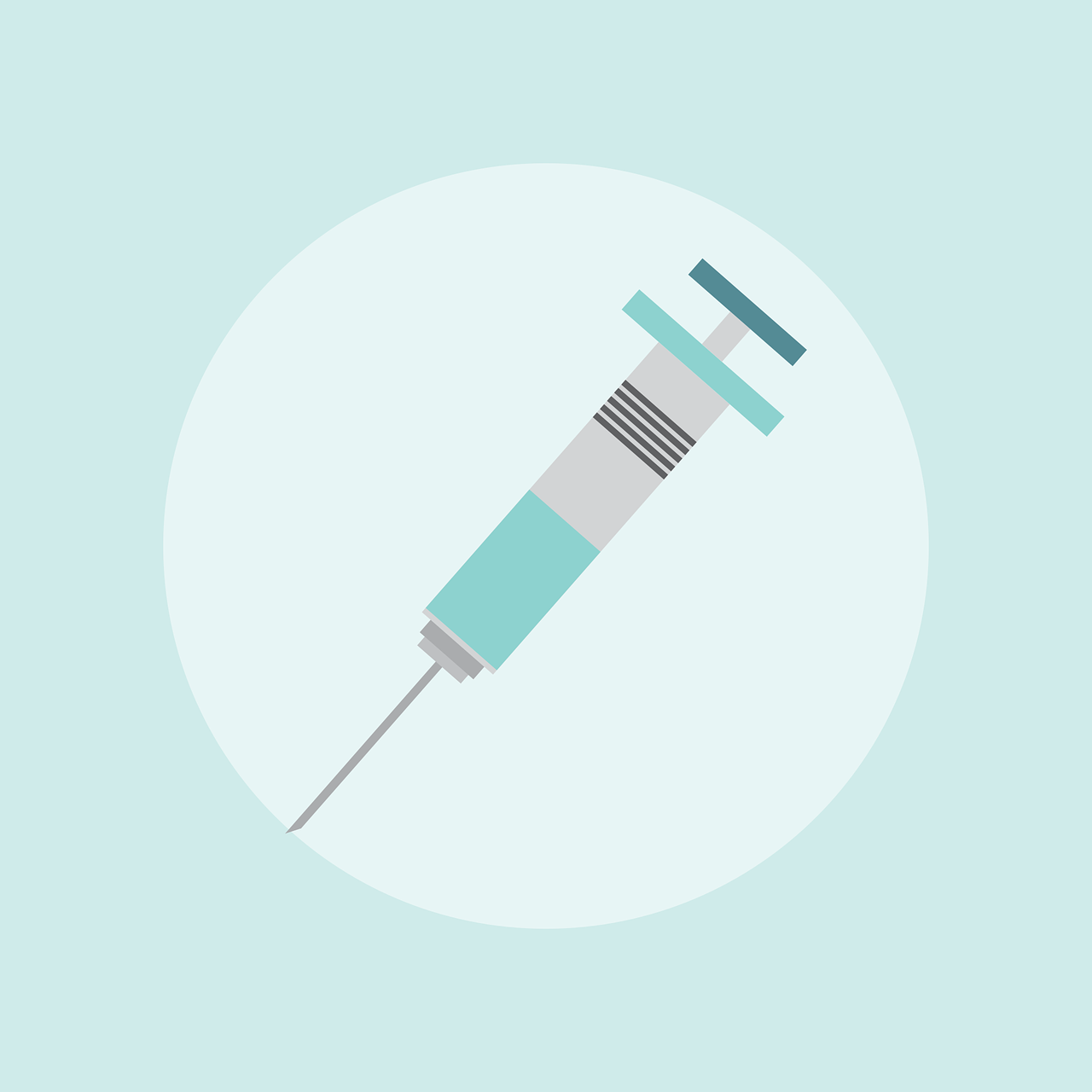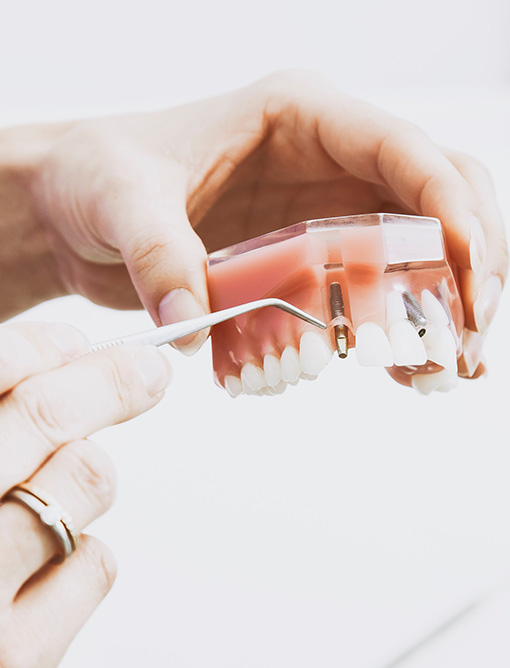Sarcoma
A sarcoma is a rare kind of cancer. Sarcomas are different from the much more common carcinomas because they happen in a different kind of tissue. Sarcomas grow in connective tissue -- cells that connect or support other kinds of tissue in your body. These tumors are most common in the bones, muscles, tendons, cartilage, nerves, fat, and blood vessels of your arms and legs, but they can also happen in other areas of your body..
Although there are more than 50 types of sarcoma, they can be grouped into two main kinds: soft tissue sarcoma and bone sarcoma, or osteosarcoma. About 12,000 cases of soft tissue sarcoma and 1,000 new cases of bone sarcomas will be diagnosed in the U.S. in 2017.
Sarcomas can be treated, often by having surgery to remove the tumor.
Sarcoma Risk Factors
We don't yet know what causes sarcoma, but we do know some things that raise the risk of developing one:
• Other people in your family have had sarcoma
• You have a bone disorder called Paget's disease
• You have a genetic disorder such as neurofibromatosis, Gardner syndrome, retinoblastoma, or Li-Fraumeni syndrome
• You're been exposed to radiation, perhaps during treatment for an earlier cancer
Sarcoma Symptoms
Soft tissue sarcomas are hard to spot, because they can grow anywhere in your body. Most often, the first sign is a painless lump. As the lump gets bigger, it might press against nerves or muscles and make you uncomfortable or give you trouble breathing, or both. There are no tests that can find these tumors before they cause symptoms that you notice.
Osteosarcoma can show obvious early symptoms, including:
• Pain off and on in the affected bone, which may be worse at night
• Swelling, which often starts weeks after the pain
• A limp, if the sarcoma is in your leg
Children and young adults get osteosarcoma more often than adults. And because healthy, active children and teens often have pain and swelling in their arms and legs, osteosarcoma might be mistaken for growing pains or a sports injury. If your child's pain doesn't get better, gets worse at night, and is in one arm or leg rather than both, talk to a doctor.
Adults who have this kind of pain should see a doctor right away.
Diagnosing Sarcoma
If your doctor thinks you may have a sarcoma, you'll probably need a full exam and tests, including:
• A sample of cells from the tumor, called a biopsy
• Imaging tests, such as a CT scan, an ultrasound, or an MRI, to help see inside your body
• A bone scan, if you might have osteosarcoma
Sarcoma Treatments
How your sarcoma is treated depends on what type you have, where in your body it is, how developed it is, and whether or not it has spread to other parts of your body, or metastasized.
Surgery takes the tumor out of your body. In most cases of osteosarcoma, the doctor can remove just the cancer cells, and you won't need your arm or leg removed, too.
Radiation can shrink the tumor before surgery or kill cancer cells that are left after surgery. It could be the main treatment, if surgery isn't an option.
Chemotherapy drugs can also be used with or instead of surgery. Chemo is often the first treatment when the cancer has spread.
Targeted therapies are newer treatments that use drugs or manmade versions of antibodies from the immune system to block the growth of cancer cells while leaving normal cells undamaged.
Surviving Sarcoma
Most people diagnosed with a soft tissue sarcoma are cured by surgery alone, if the tumor is low-grade; that means it is not likely to spread to other parts of the body. More aggressive sarcomas are harder to treat successfully.
The survival rate for osteosarcoma is between 56% and 90% if the cancer has not spread to distant parts of the body. It is more likely to be cured if all of the cancer can be removed by surgery.
Click here for Download pdf of patient information
Click here for Download pdf of prescribing information

Cytarabine Uses
This medication is usually given by injection into a vein by a health care professional. It may also be given by other methods of injection depending upon your medical condition.

Cytarabine Side Effects
Nausea, vomiting, loss of appetite, diarrhea, headache, dizziness, and pain/swelling/redness at the injection site may occur. Nausea and vomiting can be severe.

Cytarabine Precautions
Using cytarabine, tell your doctor or pharmacist if you are allergic to it; or if you have any other allergies. This product may contain inactive ingredients, which can cause allergic reactions or other problems.
For Free & Detailed solution: Contact our Experts 24/7
Our Services
Cytarabine is used to treat various types of cancer. It is a chemotherapy drug that works by slowing or stopping cancer cell growth.
We would like to give you an overview of Taj Pharmaceuticals: our background, organization, products, core belief and prospects.
This section displays common question about the Cytarabine Solution for injection or Infusion.
Cytarabine Image Gallery





